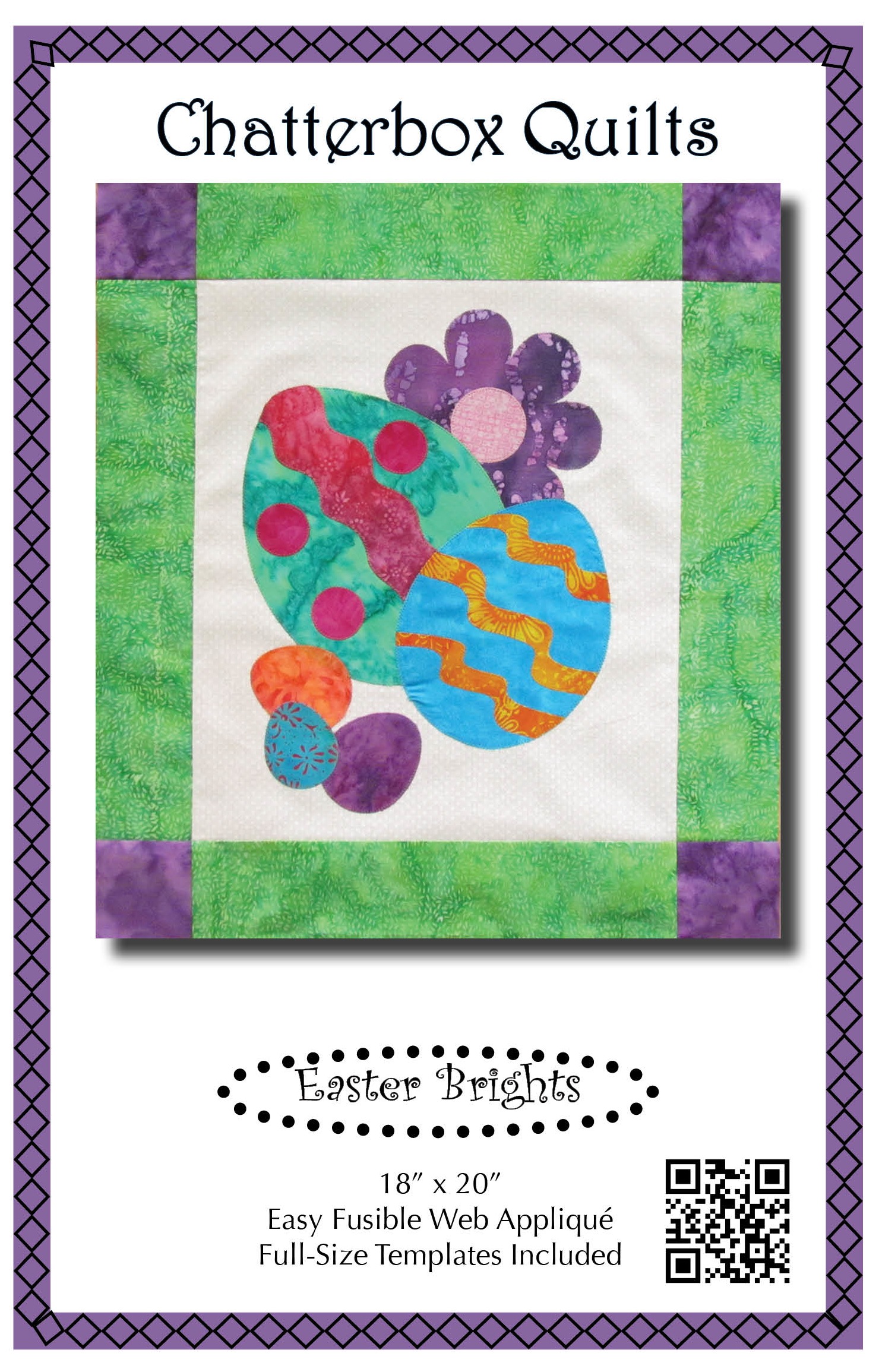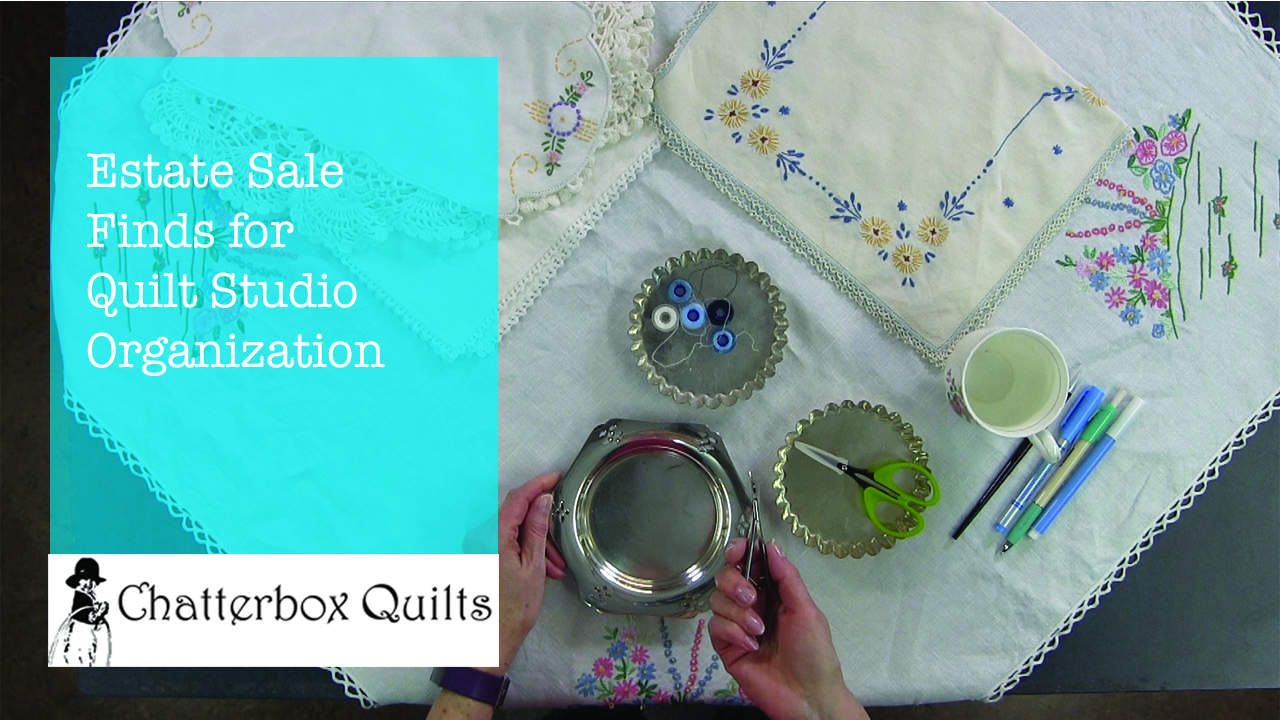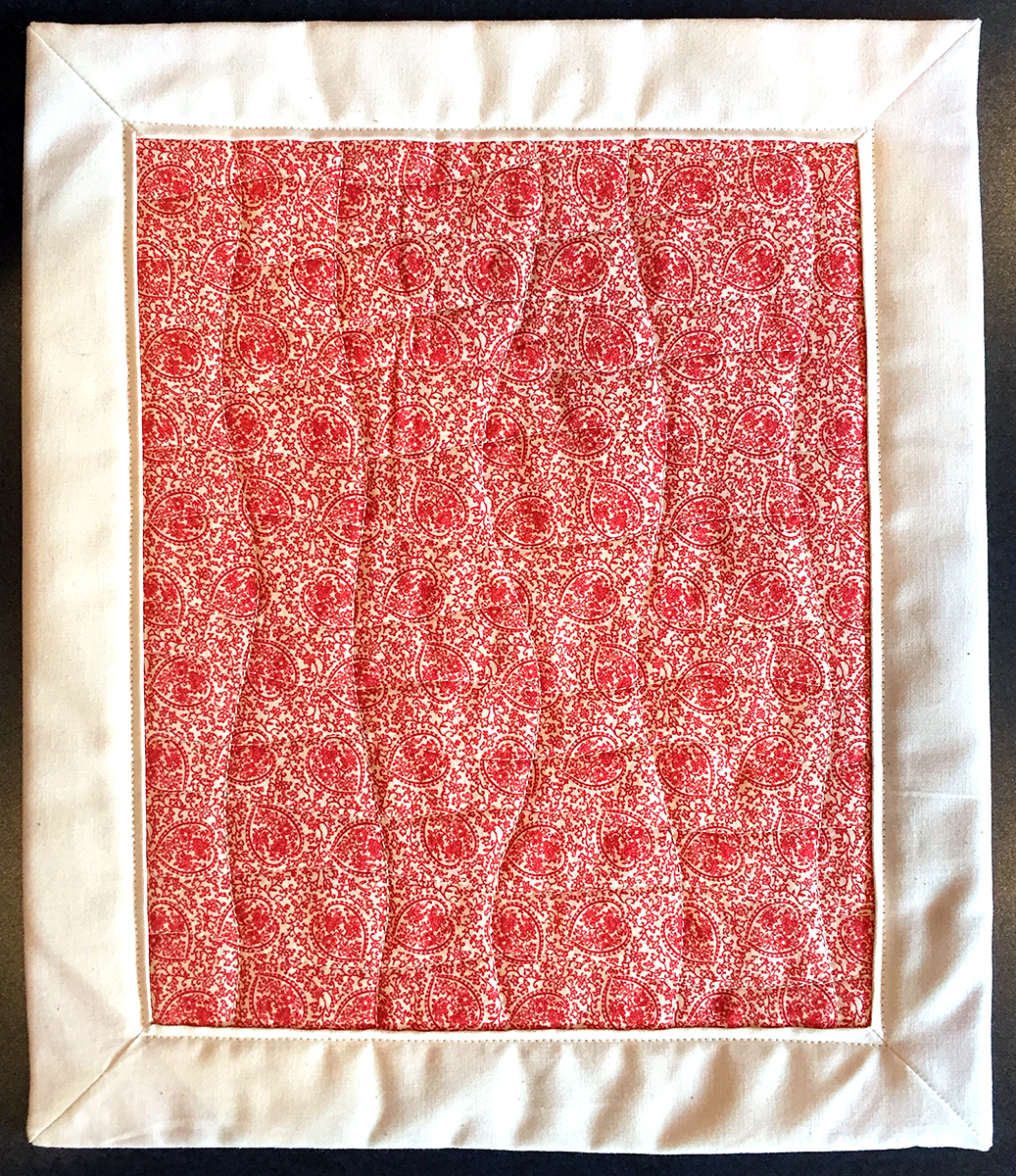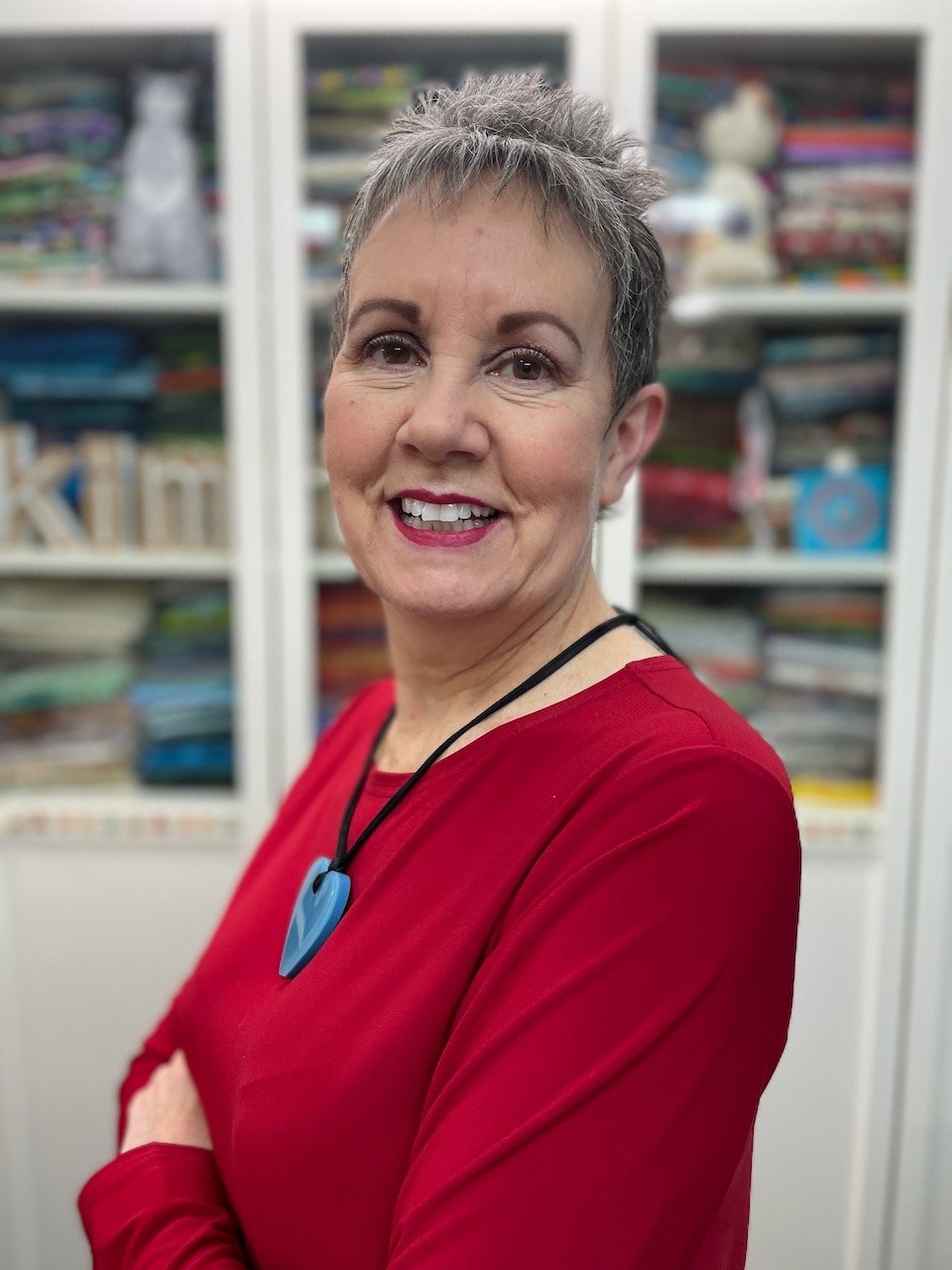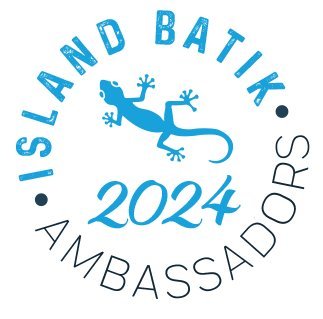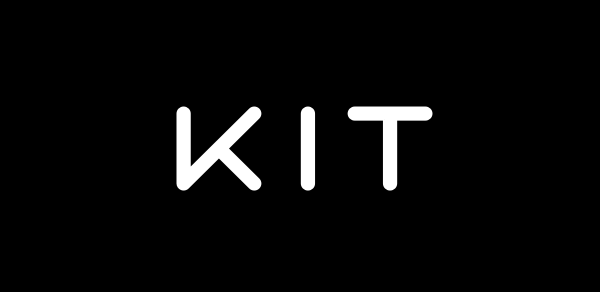
CHATTERBOX QUILTS’ BLOG
Helping Quilters Learn and Improve
Sewing Machine Set Up for Free Motion Quilting
One of the most frequent questions I get asked is how I set up my sewing machine for free motion quilting so I made a video to show you how I do this.
There are really two things to consider: what tools you should have that will help you to free motion quilt easily and how to set up your sewing machine.
First, let's take a look at the tools. Having the largest area around the machine's needle to support the quilt will be very helpful. If you have an extension table, this is the time to put it on your sewing machine. If you don't have an extension table, a Sew Steady table is a great investment.
Image courtesy of amazon.com
It's a good idea to have something underneath your quilt so that it will slide easily on the machine bed. I like to use the Supreme Slider: it's durable and can be easily cleaned.
You will also need something to help you grip the quilt and move it around. I like to wear Machingers for this purpose: they are lightweight and have rubberized tips on each finger that help you grab the quilt.
Now let's take a look at the machine set up. Whenever you are starting a new project, you should insert a new needle. You should also turn your stitch length to 0.
You will also want to put the appropriate foot on your sewing machine. You probably have a darning or free motion foot for your machine and you will need this when you are free motion quilting.
You should lower the feed dogs on your sewing machine - or should you? If you are using the Supreme Slider, the feed dogs are already covered and some sewing machines actually work better when the feed dogs are up when free motion quilting. Try both on your machine to see which gives you the best results.
If you have a newer sewing machine, it probably has a speed control on it. This allows you to adjust how fast the machine is stitching - how fast the needle is going up and down - when you press the foot pedal. Play around with this until you can press the foot pedal all the way to the floor and are comfortable with the rate at which the machine is sewing. This means you don't have to think about what your foot is doing - you just need to focus on moving your hands.
For more information on how I set up my sewing machine for free motion quilting, click on the image below to watch a video on my YouTube channel.
How do you set up your sewing machine for free motion quilting? Leave me your best tips in the Comments below.
Creatively,
P.S. Did you know that you can sign up to receive FREE emails full of quilting goodness? Just click here to receive FREE content directly in your email inbox every few weeks from Chatterbox Quilts. I know you'll be glad you did!
P.P.S. I am an Amazon affiliate and will receive a small amount of compensation if your purchase a product by clicking through links in this blogpost. This allows me to continue to provide you with FREE content each week. Thank you.
Set Up Your Janome 9400 for Free Motion Quilting
UPDATE: The Accessory Upgrade Kit for the Janome MC9400 has just been released and it includes 2 new feet to use when free motion quilting. For more information about the Accessory Upgrade Kit, click here.
The Janome Horizon Memory Craft 9400 QCP makes it so easy to free motion quilt! With its large harp space, ability to set the speed of the machine with the adjustable speed control, and the several free motion quilting feet included in the machine, you'll truly enjoy quilting your projects with it.
To achieve the best result when free motion quilting, I have a few items I always use: the Supreme Slider, which allows the quilt to slide under the needle and Machingers quilting gloves which help me to grip the quilt and move it easily.
To prepare the Janome 9400, I drop the feed dogs . The most important and helpful thing I can do on the Janome 9400 is to adjust the speed control so the speed of the machine (how fast the needle goes up and down) is comfortable for me. I should be able to press the foot pedal all the way down and hold it there and the machine is stitching at a comfortable pace for me. This can vary for each quilter, so set it for what is right for you. Being able to adjust the speed control means that you don't have to think about the foot pedal at all: you just press it all the way to the floor and hold it there. One less thing to think about when free motion quilting!
It's important to use the right needle for the task and in this case, I use a purple tip Janome needle. I always use a new needle for each project which helps to give me good results. I also use the blue dot bobbin case which has less tension and works really well when free motion quilting. To find out more about Janome bobbin cases, watch this video.
There are four different free motion quilting feet included with the Janome 9400: The PD-H foot, the QO (open toe foot), QC (closed toe foot), and QV foot (echo quilting). The PD-H foot is typically called the free motion or darning foot and this, unlike the other feet, has an integral foot holder. Be sure that the bar on this foot goes on top of the needle bar, which will allow it to "hop" as it quilts along. The other three feet will fit on your regular presser foot holder. They attach a little differently than other presser feet, so watch the video to see exactly how to attach them so they lock in tightly.
The variety of presser feet that you can use is helpful and the Sewing Application on the Janome 9400 simplifies the choice of stitches: it does the thinking for you. You will have a choice of straight or zigzag stitches and this will depend on what needle plate you have installed on the Janome 9400. Once you choose a stitch, the Janome 9400 suggests which presser foot would give the best results when using this stitch. If you choose straight stitch 2 or zigzag stitch 2, you have the ability to change the height of the presser foot to the best height for the quilt thickness. I like a sewing machine that guides me to the choices that will give me the best results!
To see how to set up the Janome Horizon Memory Craft 9400 QCP for free motion quilting, click on the image below to watch it on my YouTube channel.
If you are hesitant to try free motion quilting on your Janome 9400, don't be! The features on the Janome Horizon Memory Craft 9400 QCP will help you in your free motion quilting journey and make this part of your project easy and enjoyable.
Creatively,
Download the free Get Out of the Ditch! guide to learn how to start free motion quilting by clicking here.
P.S. Did you know that you can sign up to receive FREE emails full of quilting goodness? Just click here to receive FREE content directly in your email inbox every few weeks from Chatterbox Quilts. I know you'll be glad you did!
P.P.S. I am an Amazon affiliate and will receive a small amount of compensation if your purchase a product by clicking through links in this blogpost. This allows me to continue to provide you with FREE content each week. Thank you.
10 Favourite Easter Projects
We've had so much snow in Calgary this winter that it's hard to believe that it is almost Easter. While I feel that I should still be stitching up snowmen, I think it's time to start thinking about flowers, bunnies and Easter eggs.
I've found 10 cute Easter designs that I think you will enjoy - and you still have time to create them. Here are a few of my favourites:
1. 10 Free Bunny Sewing Patterns
What would Easter be without bunnies? Diy-crush has curated lots of sweet bunny patterns for you to stitch up.
2. Hippity Hoppity Easter Mini Quilt
More bunnies, but this time in a pieced wall hanging. Hippity Hoppity Easter Mini Quilt is from Nadra of Ellis & Higgs. I think you could have lots of fun choosing fabrics for these bunnies and I might be tempted to add a fluffy tail to them too!
3. Easter Brights
If you're wondering where the Easter eggs are hiding, you'll find some of them in Easter Brights from Chatterbox Quilts.
4. Fancy Felt Egg
If you want to do a small felt project embellished with hand embroidery stitches, check out the Fancy Felt Egg from Wendi Gratz at Shiny Happy World.
5. EggIE Softies
If you have little ones in your house, they'll love the EggIE softies. Fun for them and a great way to use up your fabric scraps and trims.
6. Easter Bunny Pillow
Now that it's warming up (everywhere but Calgary!), you won't be needing your warm winter sweaters. Recycle your worn ones into this Easter Bunny pillow from Better Homes & Gardens.
7. Easter Table Runner
Here's a super cute table runner to make and it will be quilted up quickly as it uses the quilt as you go technique. Check out the Easter Table Runner from Patchwork Posse
8. Quilted Carrot Table Runner
I'm sure all these bunnies must be getting hungry! I've got just the solution: the Quilted Carrot Table Runner from Better Homes & Gardens.
9. Easter Treats
We've got the bunnies, the eggs, the carrots and even some flowers, but I'm missing the best part of Easter: chocolate! Easter Treats by Chatterbox Quilts includes a chocolate bunny between spring blooms.
10. Decorating Easter Eggs with Lori Kennedy
In case you need some help quilting some of these projects, Lori Kennedy of The Inbox Jaunt has a wonderful tutorial on Easter egg free motion quilting.
I'll be on Spring Break next week, so I'll be back with you in two weeks. I hope you have a wonderful (and warmer than Calgary) Easter.
Creatively,
How to Use Estate Sale Finds in Your Quilt Studio
I love going to estate sales and that's where I find vintage linens and where I've also picked up some of my vintage sewing machines. There are always a lot of cute trinkets and smaller kitchen items that can be helpful in the quilt studio.
I have a hard time saying no to anything cute, but I really need to think about what I'm going to do with these items if I do buy them. Thank goodness I've found a way to incorporate them in my quilt studio (and can thereby justify my purchases to my hubby).
I share my quilt studio with my two cats, Teeka and Victor, and this means that things have to be "cat proof" or unbreakable. This pretty much rules out lovely china dishes, but there are lots of silver-plated items at estate sales, so I'm usually able to find something that would be useful.
To see what types of items I buy at estate sales with the intention of putting them to use in my quilt studio, you can watch the video below or on my YouTube channel.
Do you repurpose vintage items that you buy to use in your quilt studio? Leave a comment below to let me know what types of items you use to help organize your quilt studio.
Creatively,
P.S. Did you know that you can sign up to receive FREE emails full of quilting goodness? Just click here to receive FREE content directly in your email inbox every few weeks from Chatterbox Quilts. I know you'll be glad you did!
Wavy Line Walking Foot Quilting
Recently I've been exploring walking foot quilting on the Janome Horizon Memory Craft 9400 QCP and have been loving the results!
When you talk about quilting your projects, most people think that you are talking about free motion quilting, but that isn't always the case. You can get great results by using your walking foot to do your quilting.
In one of my previous blogposts, I showed my readers how to make a no binding self-metered placemat, perfect for setting your table or for gift giving. If you haven't read this blogpost yet, you can read all about it here. I quilted the centre of these placemats using my walking foot and I was thrilled with how quick and fun it was to do!
I chose to do a wavy design both vertically and horizontally on the project. This was so easy as I really couldn't go wrong with this type of design.
I started by stitching a wavy line vertically in the centre of the placemat and then continued to stitch wavy lines on either side of it. Once I was finished stitching in this direction, I repeated this process horizontally. I didn't mark my lines, but just eyeballed the distances between each line.
There are so many variations possible with just this wavy line quilting:
you could vary the waviness of the line to be tighter or looser
you could vary the distance between the lines vertically
you could vary the distance between the lines horizontally
You could do wavy line quilting diagonally across your project
There are just so many possibilities with this simple quilting design.
To see how I quilted the placemat, just click on the image below to watch a video on my YouTube channel that provides more information.
Do you use your walking foot to do your quilting or do you prefer to free motion your quilts? Have you tried wavy line quilting with your walking foot? Leave me a comment below to let me know.
Creatively,
Did you know that you can sign up to receive FREE emails full of quilting goodness? Just click here to receive FREE content directly in your email inbox every few weeks from Chatterbox Quilts. I know you'll be glad you did!
Welcome! I’m Kim Jamieson-Hirst of Chatterbox Quilts, a YouTube creator and host of The Quilter’s Way. I believe that quilting is more than just a 1/4” seam and that practice makes improvement and you are improving every day!
Contact me at kjh@chatterboxquilts.com.
Want to improve your quilting and have fun doing it? Join The Quilter's Way, a private online membership site that creates successful quilters.
As an Amazon Associate I earn from qualifying purchases from links that you may find on the Chatterbox Quilts’ website.











